Society today is becoming ever more fluid, as both the tangible and innate drift towards an uncertain future. It would seem that Zygmunt Bauman was right in predicting uncertainty and detachment taking over society and stirring human beings in their collective endeavours.
This is how current trends in what we believe, create and construct become fluid as a way of protecting the soul. A sensorial approach in architecture is conjured through constructions that respect and seemingly emerge from the natural world. In reality, design aesthetics are the underlying concept to this approach.
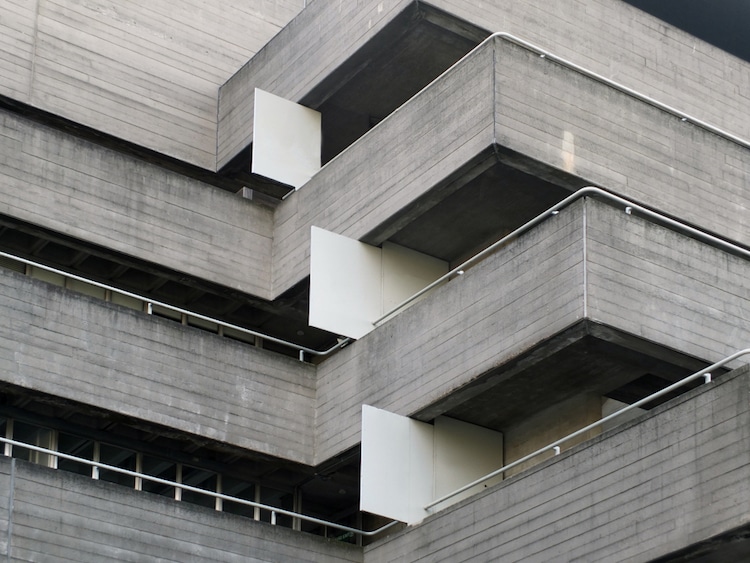
Photo: Philip Openshaw / Shutterstock
However, ephemeral is not always ideal for urban settings. Here, the framework is the true concept of architectural structure, beyond glass shells, openings and spans or decorative elements.
Here at The Decorative Surfaces, we take a look at Brutalist architecture and its origins. We seek to determine the concept behind this movement which in 2021 is trending in the digital world.
Density and visual noise as an element of agitation
The movement is revolutionary in its sheer density, as showcased by Le Corbusier who, through his design for Unité d’Habitation, Cité Radieuse (Marseilles, France), inspired an entire generation of 20th century architects.
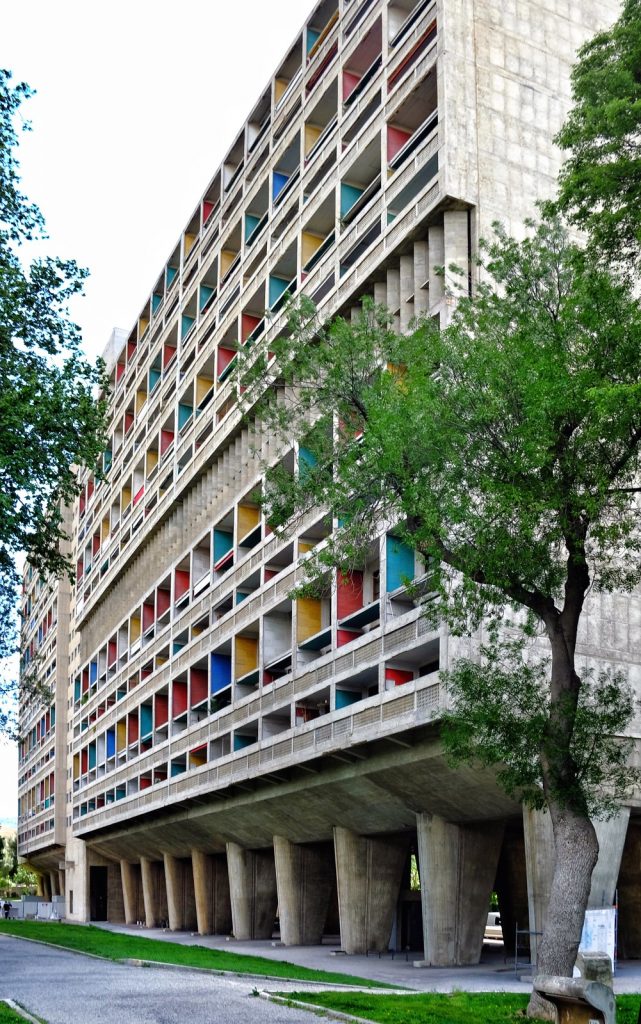
Imposing scales and measures fulfilled a specific urban function, essential at the time. Just as today’s urban landscape design seeks silence and invisibility, the marked noise of Le Corbusier was presented almost as a prototype of his theories on public and private spaces.
However, why is #Brutalism trending on social media?
Brutalist architecture is noise in the landscape, sound that, far from debilitating, is essential to those who live in or walk through our daily world. This rigidity counteracts the current latent fragility. It is a difficult aesthetic that intimidates and imposes on the minds of observers, requiring them to reassess the run-of-the-mill.
A wonderful example of how this type of structure is trending in online photography today is Ricardo Bofill’s Red Wall in Calpe (Spain), previously addressed here at The Decorative Surfaces.
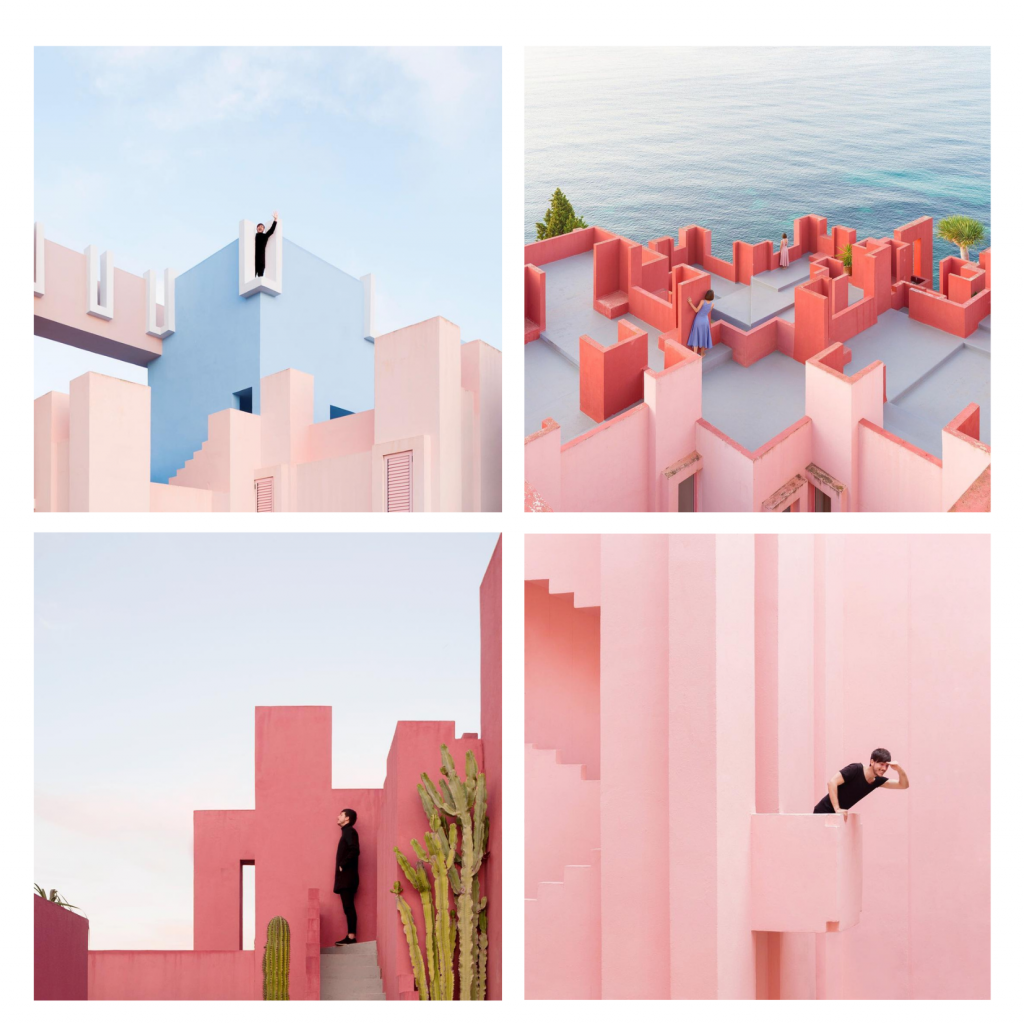
https://www.instagram.com/anniset
Stability in structural framework
Stasis is the main feature of this type of design. It is notable for a total lack of ornamentation, and its enormous dimensions of size and scale predominate. In this sense, construction can be difficult to modify or remodel later. Thus the artistic vision of the architect reigns supreme: from the conceptual drawing to the structural framework.
As a result, the architect’s design gains primacy. Frequently, proposed demolitions of this highly expressive 1970s approach have been unworkable.
The latent hegemony of #Brutalism
Nothing is impossible for MVRDV Studio. Early in February this year, the studio started work on the Pyramid of Tirana in Albania. The future renovation of this monument to Brutalist architecture centres on its core structure. The hegemony of the initial design will thus be preserved through a shell-like morphology.
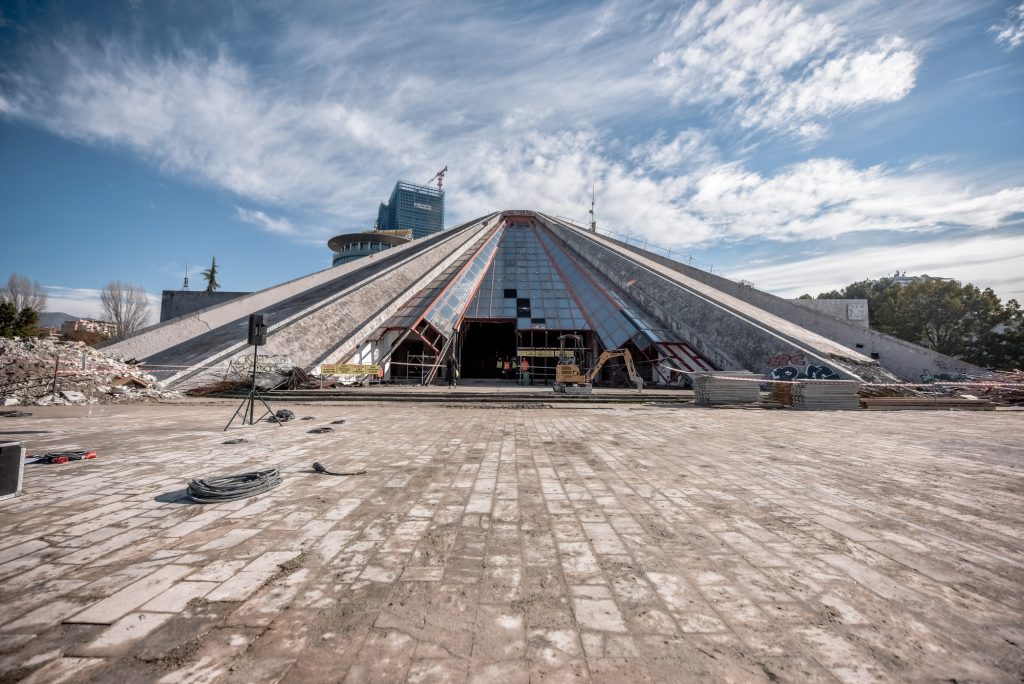
Source: plataforma arquitectura
The intervention in this design located in the Albanian capital will recover a public space. At the same time, the building will be preserved and updated with a radical aperture that highlights the essence of the original project. The noise thus becomes a skilful melody. This project is unquestionably a sublime example of why #Brutalism is trending today.
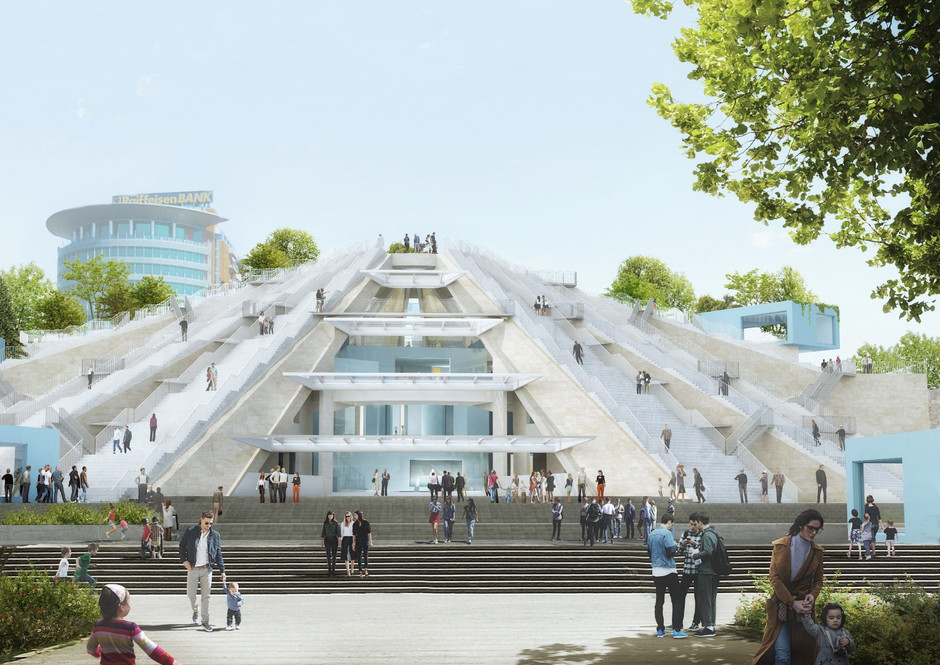
Project (Source: traveler)

